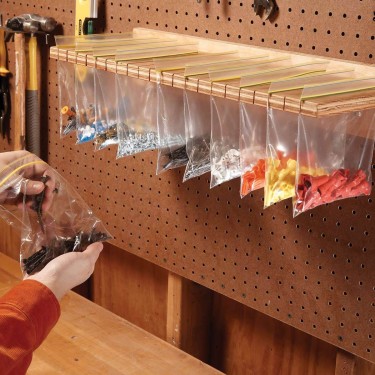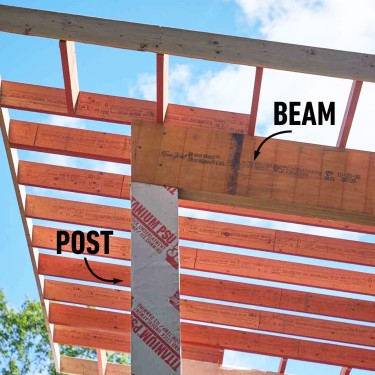Take the guesswork out of locating the studs behind your walls with one of these stud finders, and hang heavy items worry-free.
Every editorial product is independently selected, though we may be compensated or receive an affiliate commission if you buy something through our links. Ratings and prices are accurate and items are in stock as of time of publication.
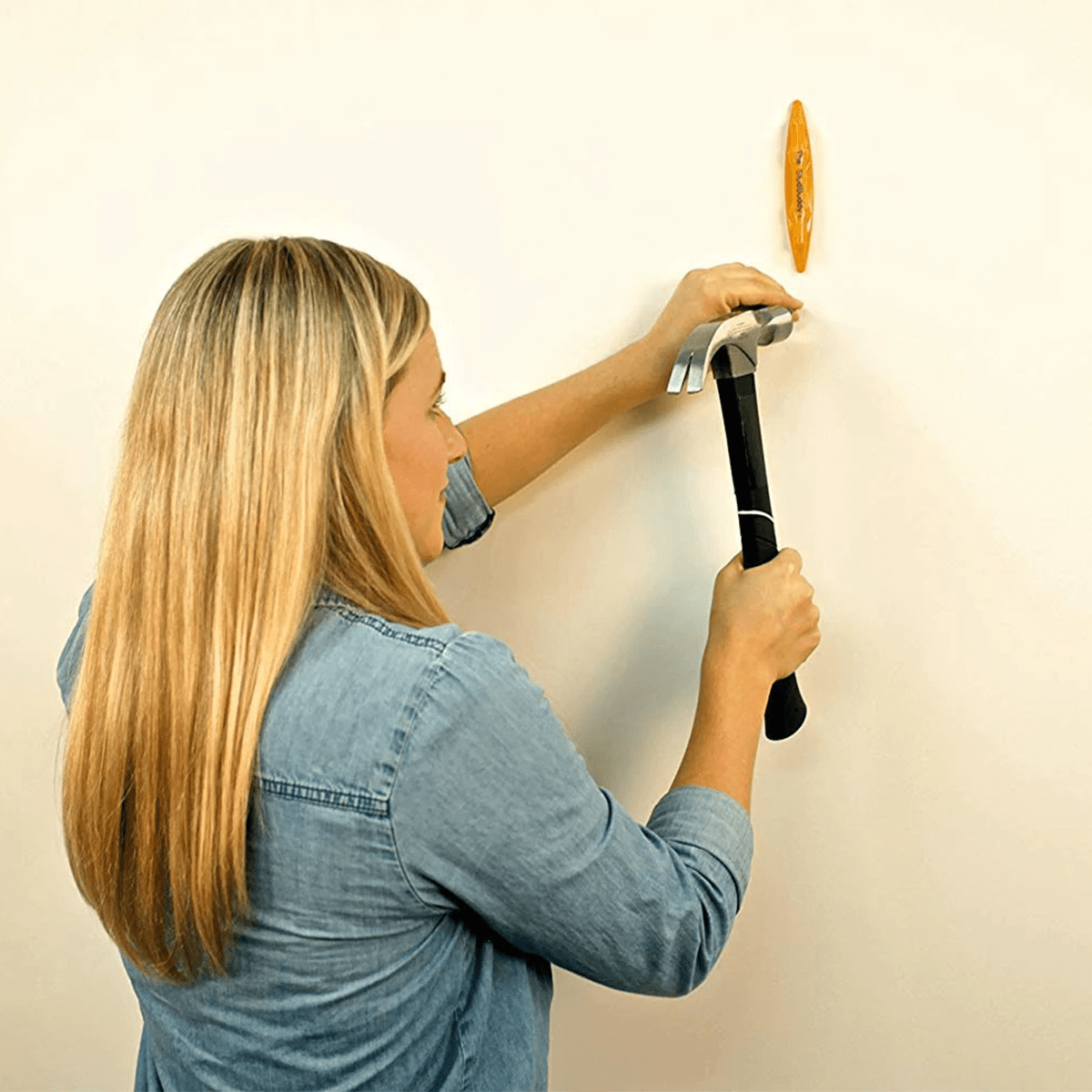
Buying a Stud Finder
If you’re hanging or mounting anything that weighs more than a couple of pounds, it’s best to anchor it into a wall stud, the vertical framing lumber behind the drywall or plaster. A stud finder is a nifty tool that locates these hidden studs without drilling a bunch of unnecessary holes.
Experienced carpenters simply knock on the wall and listen for the noise to go from hollow to firm. For everyone else, a stud finder is the tool of choice.
Consider these factors when choosing the best stud finder for you:
- Electronic or magnetic: Electronic stud finders use sensors to detect a change in density behind the wall, and send an alert — an LED or audible beep — to indicate when a stud is located. Magnetic stud finders use powerful magnets to detect the metal nails used to fasten the wall to the studs. Magnetic stud finders can be more challenging because they must locate the metal in the stud. But they don’t require any batteries so they’re always ready for use.
- Type of display: Electronic stud finders have a range of display options. Basic, inexpensive models use a single LED to show when a stud has been located. Others feature a large LCD screen to show exactly what exists behind the wall and where you should drill. Magnetic options offer display variations. Some simply stick to the wall when a stud is located, while others use a colored ball to “pop” up when it detects a stud.
- Cost: If you’re a DIYer with little experience locating and mounting things on studs, consider a higher-end electronic stud finder that does all the work for you. It can be tempting to save money on a cheaper tool, but if you’re not sure what you’re doing, you can end up damaging your wall and spending more money to patch it up. If you’re comfortable with it, a simple, inexpensive magnetic stud finder is just fine for most experienced DIYers.
- Wall material: While most people will be dealing with drywall, older homes may have plaster-and-lath walls. In our experience, magnetic stud finders are more effective on plaster-and-lath, because the line of nails that secure the lathe to the stud runs all the way up the wall.
Note: Both types of stud finders can scratch or leave marks while you slide them across your walls, so make sure to use them carefully.
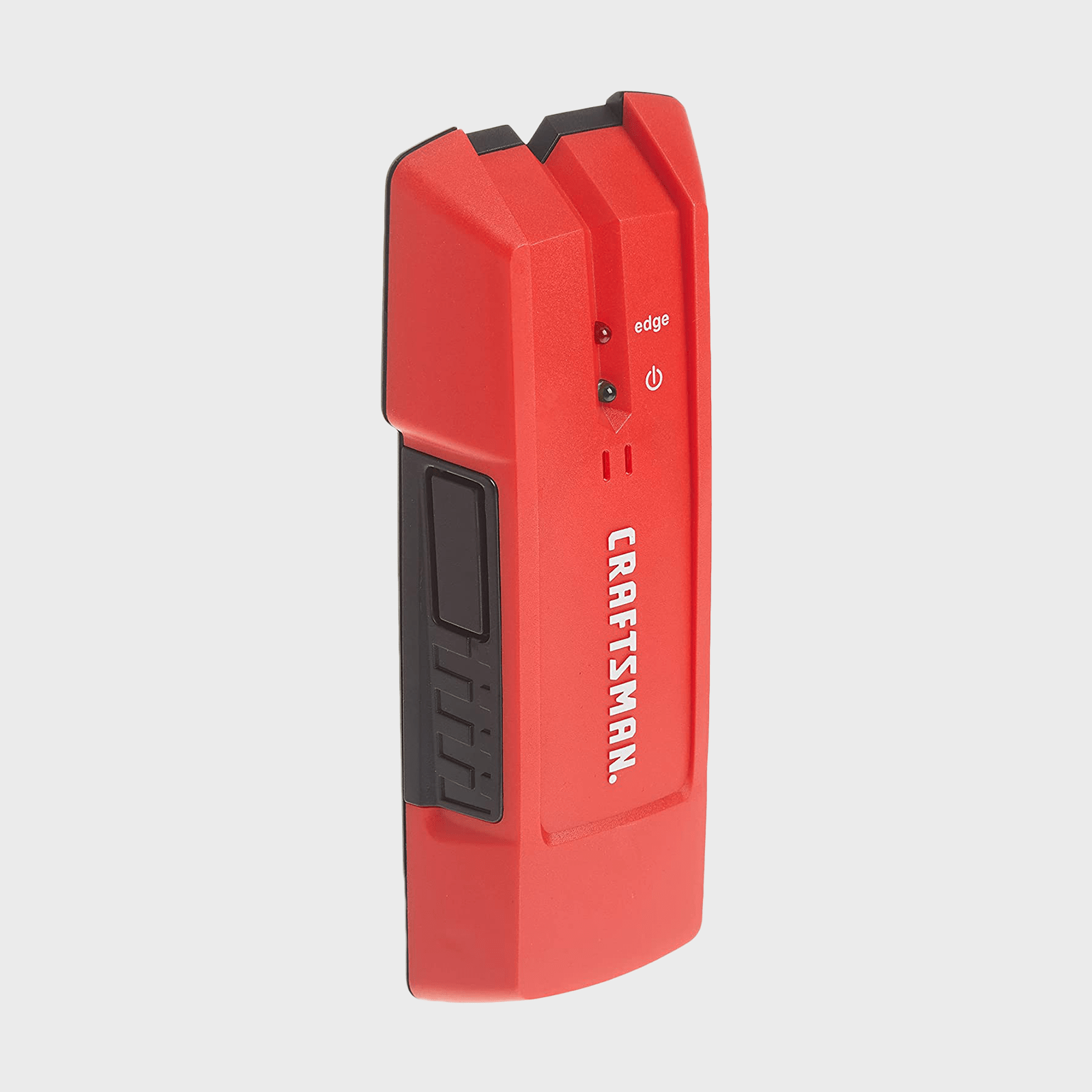
Best Stud Finder: Low-Budget Electric
The Craftsman CMHT77633 Stud Finder provides the convenience and straightforward operation of an electric stud finder without breaking the bank. It can detect studs through 3/4-in. drywall, and the red LED clearly alerts you when you’ve reached a stud.
This model only senses the edges of the stud, not the center, so you’ll need to figure that out yourself. Just make sure to review the instructions completely.
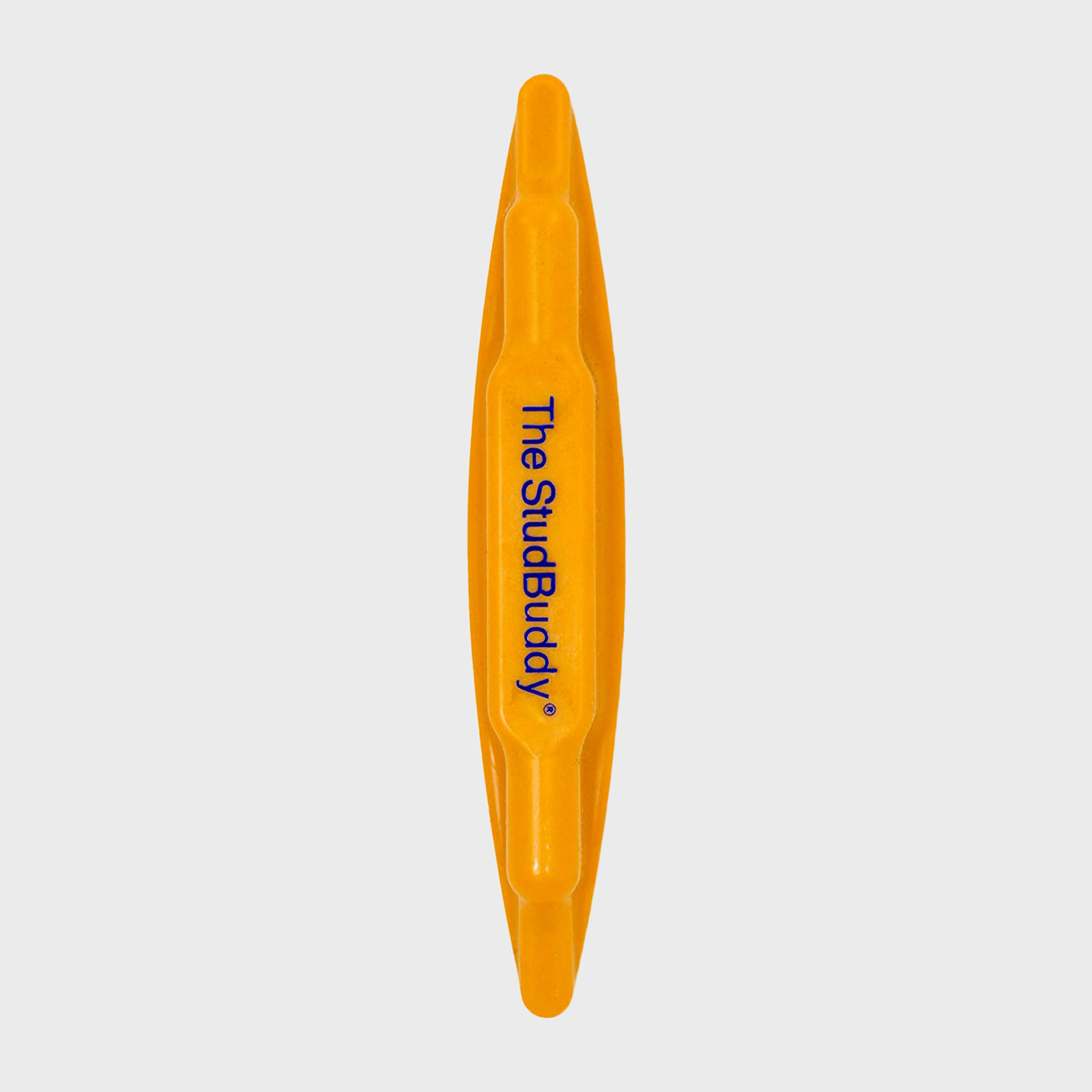
Best Stud Finder: Easiest to Use
We love the one-piece design and simple operation of the Studbuddy Stud finder. Its powerful magnet and light weight allow the magnetic force to stick to the wall when it finds a stud.
Because it stays on its own, this tool is great if you’re working alone. It’s also one of the cheapest options you can find. The compact size and lack of moving or electronic parts mean you can toss it around without damaging it. This stud finder is intended only for use on drywall.
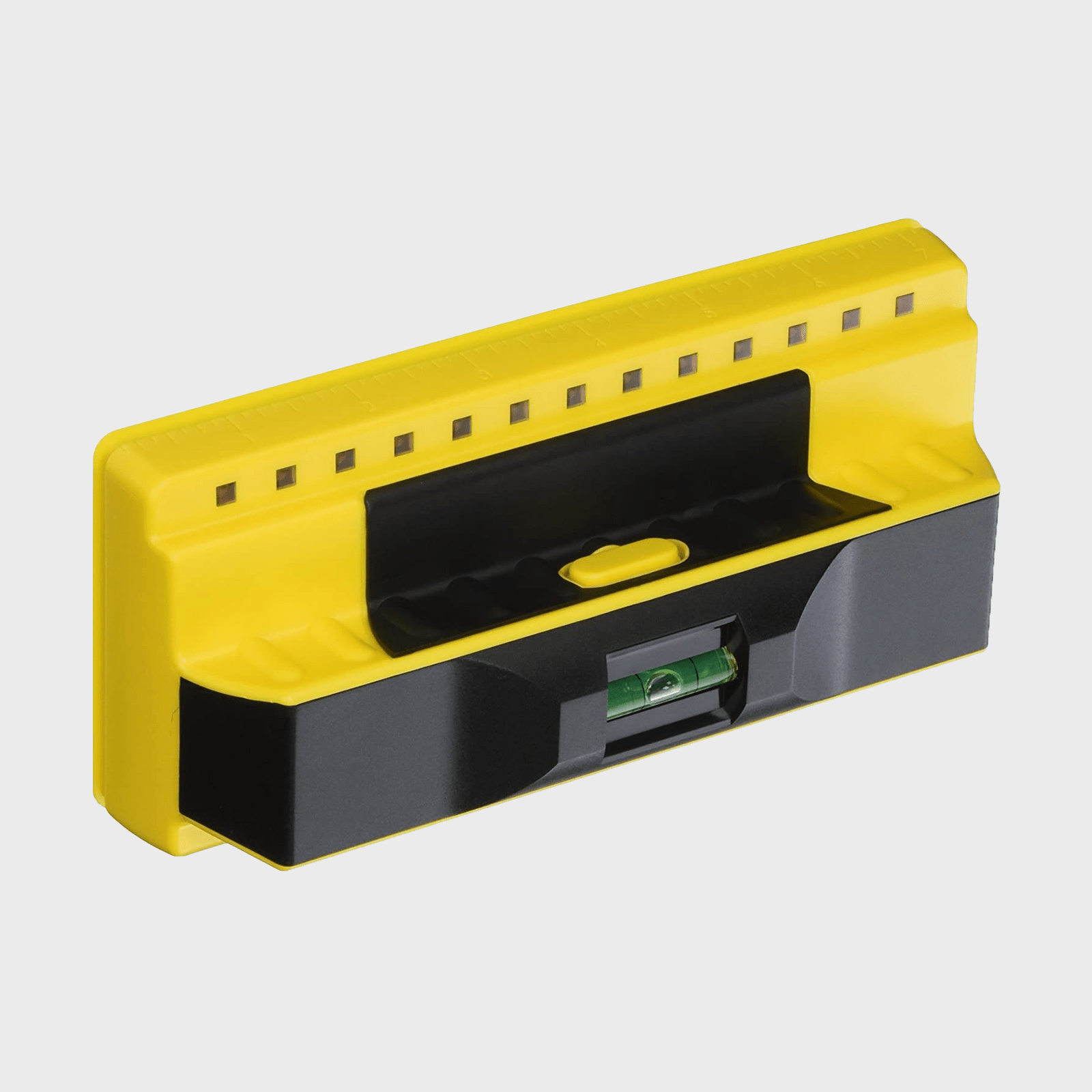
Best Stud Finder: Splurge
The ProSensor 710+ Franklin Stud Finder may be expensive, but if you’re looking for a comprehensive and accurate idea of what’s behind your walls, this is a great choice.
The 13 sensors (each with a corresponding LED) let you visualize exactly where your studs lie across a 21-in.-wide area. An integrated ruler allows you to do quick measurements on the go without fumble with a measuring tape. An ergonomic handle also makes it comfortable to hold and operate.
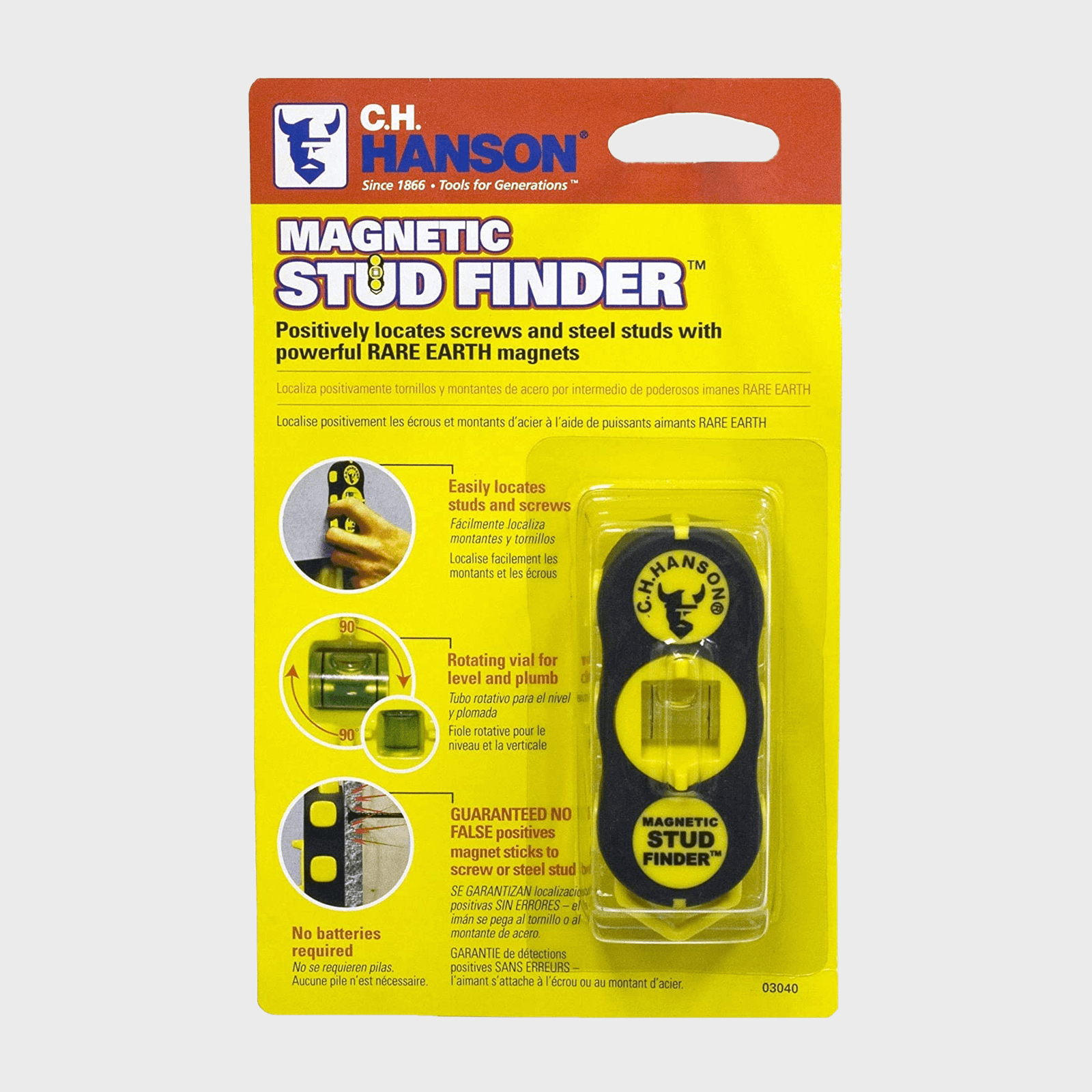
Best Stud Finder: Extra-Durable
Made of plastic and heavy-duty rubber and measuring just 3-1/4-in. long, the CH Hanson 03040 Stud Finder isn’t just convenient to carry; it’s practically indestructible. I used this stud finder for several years and marveled at how much abuse it could endure without affecting accuracy.
With a bubble level, it can be used vertically or horizontally to detect metal up to one inch behind 1/2-in. drywall. At this low price ($12.50), it’s hard to pass up.
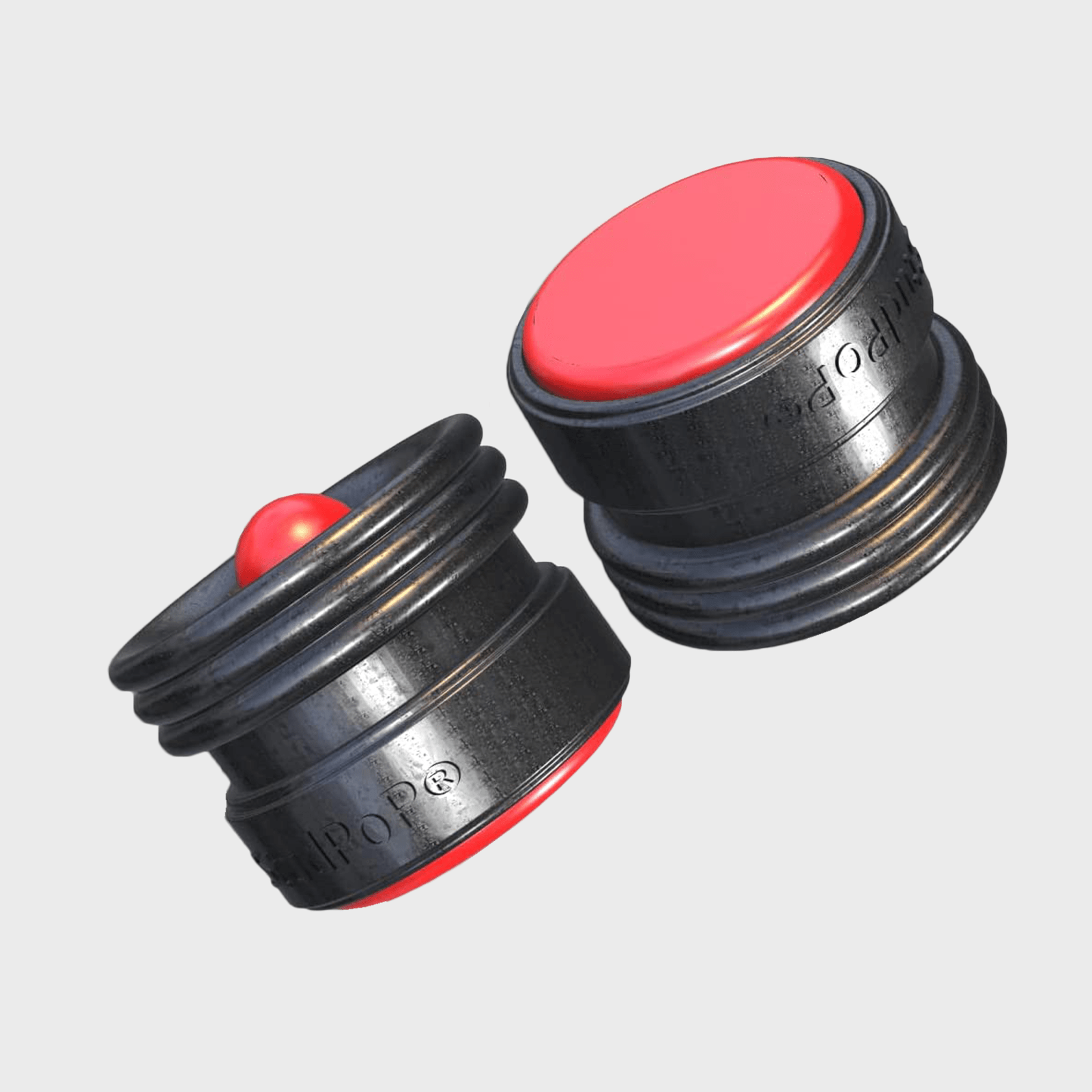
Best Stud Finder: Compact
The tiny Studpop Magnetic Stud Finder Stud finder is just 1-1/2 inches wide, the smallest option on our list. It’s also extremely easy to use. Just move it across the wall, and when its strong magnet detects a nail or screw, the ball pops up!
This straightforward indicator is great for those who prefer quick and easy results AND don’t want to hassle with more complex options. The extra-large magnet works well for plaster-and-lath walls.
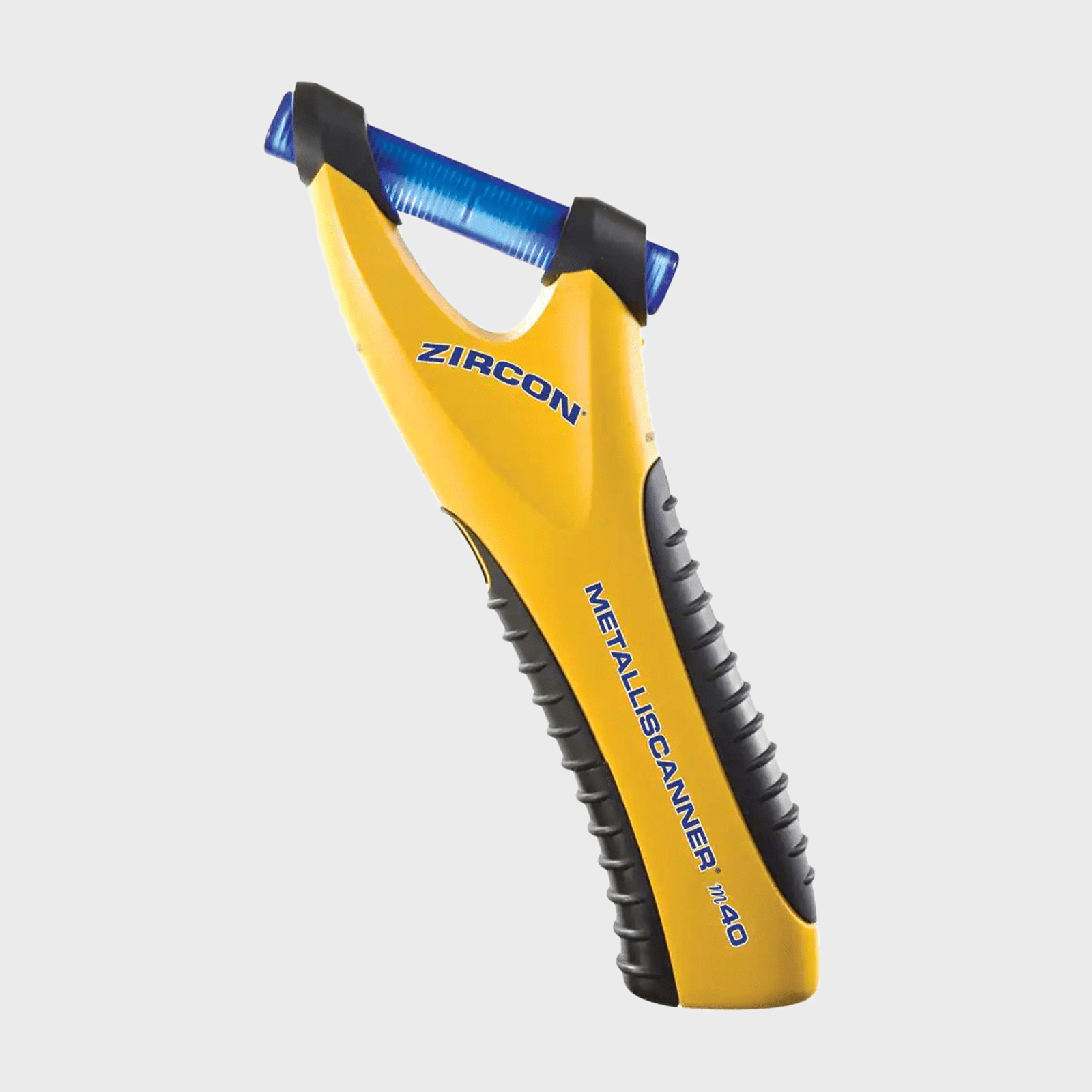
Best Stud Finder: Powerful Sensor
Capable of detecting nails and screws up to two inches deep, the Zircon MetalliScanner Stud Finder is powerful enough for use on drywall and plaster walls. The entire sensor — along with the yellow LEDs — lights up bright blue, making it extremely easy to know when you’re on top of a stud.
This powerful sensor is also useful for locating other metal components like plumbing pipes, ductwork or rebar supports.
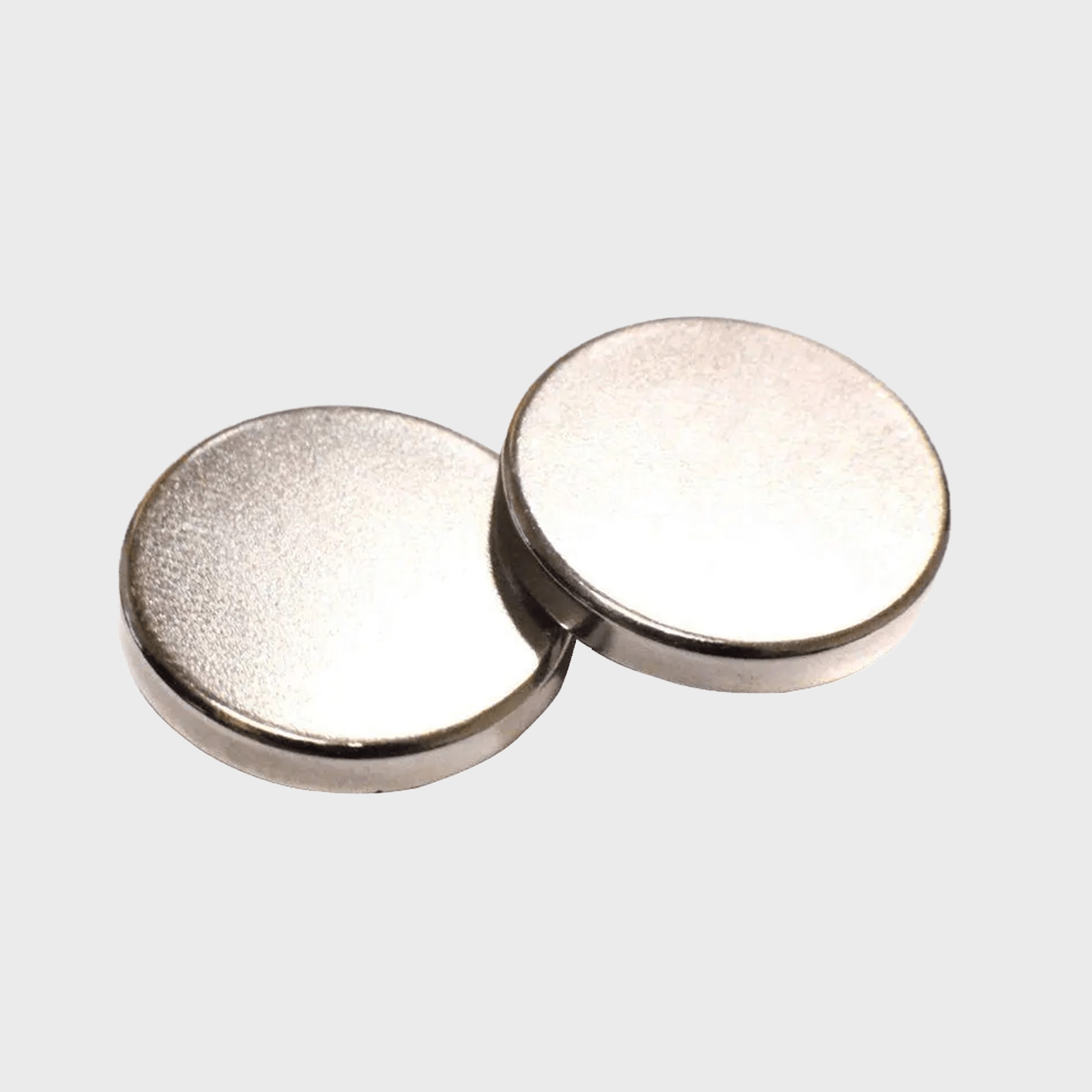
Best Stud Finder: No Frills
These Everbilt Polymagnets aren’t technically stud finders, but their simple design and powerful magnetic pull work for those who don’t want to mess around with extra bells and whistles. I always keep a couple of these in my pocket for years to detect and locate screws and nails in wall studs.
They’re not as easy to use; their small size can be inconvenient to hold onto when sliding across the wall. But the simplicity and low price (about $5 for a two-pack) make them a great value.
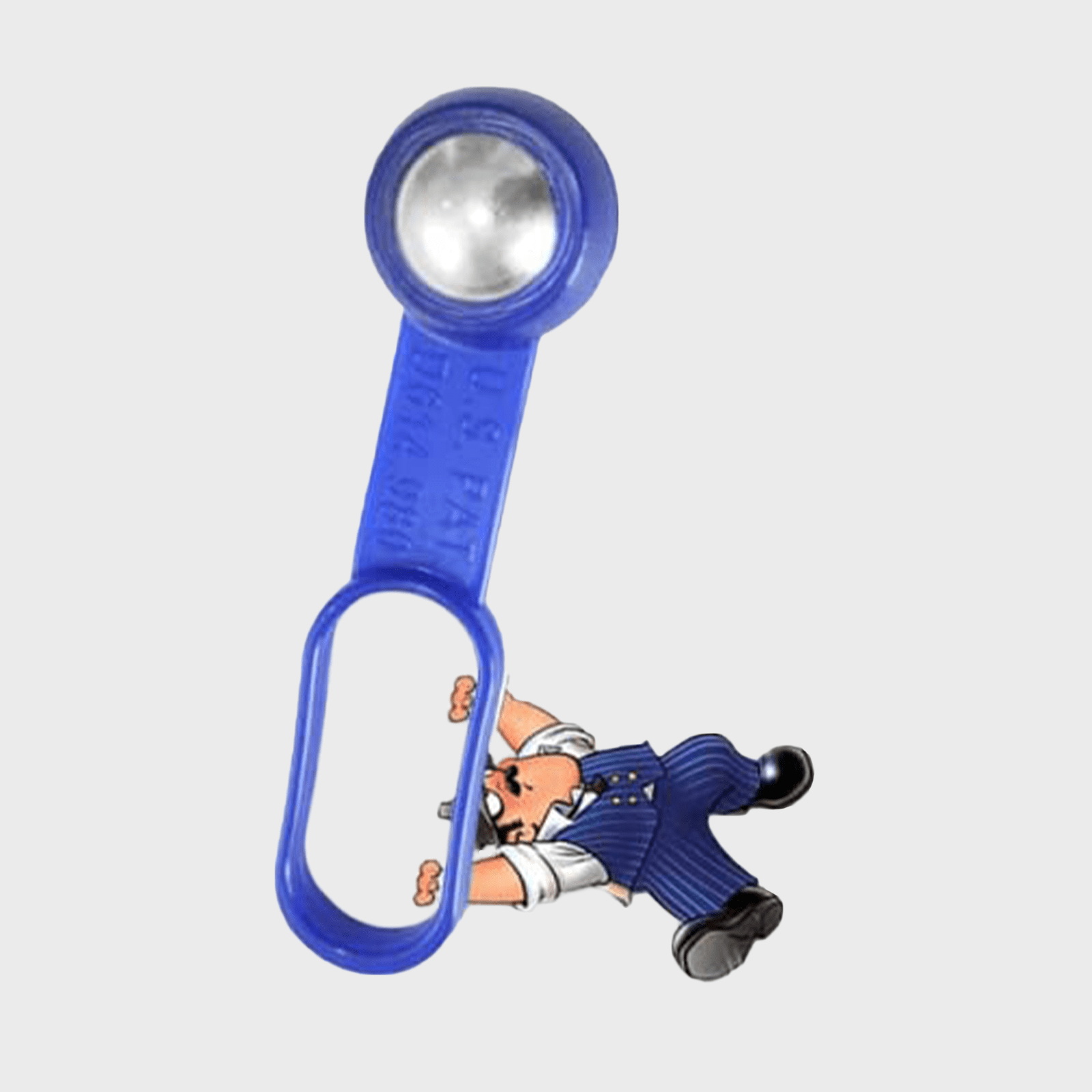
Best Stud Finder: Powerful Magnet
Armed with a rare-earth magnet that generates 27 pounds of pull, the Rack-A-Tiers 52300 Studball Stud finder can detect nails and screws behind 5/8-in. drywall as well as 3/4-in. plywood and tile.
Its colorful handle makes it easy to locate in a cluttered toolbox, and the plastic body is less likely to leave marks on your wall. At just 3.35 inches long, it can stick to the wall on its own, which is a nifty perk.

